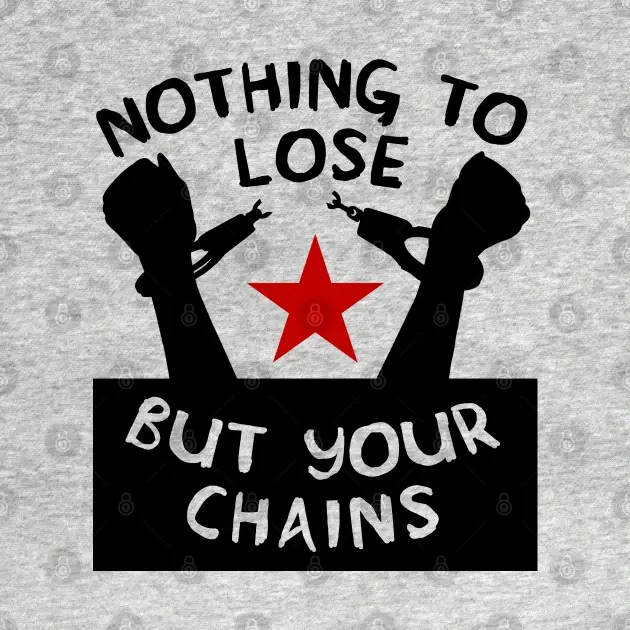Presented as a means for assessing whether voters were educated enough to vote, literacy tests and other methods were designed for a single purpose: to stop Black Americans from voting.
During the Reconstruction period that followed the war, enfranchised Black men gave Ulysses S. Grant his narrow victory in the popular vote. Before that period ended, 2,000 Black Americans would be elected to office in the South.
But by the dawn of the 20th century, all the progress that was made to expand the rights of formerly enslaved Black Americans was severely crippled by the institution of state-specific voting laws that were designed to exclude Black voters from the ballot box. Southern states created elaborate voter registration procedures or “voting literacy tests” that determined whether the voter in question was literate enough to cast their ballot.
Of course, these voting literacy tests were administered largely to voters of color and were scored by biased judges. The tests were intentionally confusing and difficult and one wrong answer meant a failing grade. Even Black voters with college degrees were given failing scores.
In the mid-1960s, a professor of law at Duke University, William W. Van Alstyne, conducted an experiment in which he submitted four questions found on the Alabama voter’s literacy test to “all professors currently teaching constitutional law in American law schools.”
Alstyne’s professors were told to answer all submitted questions without the aid of any external reference, just as any voter would be required to do when presented with the test. Ninety-six respondents sent Alstyne their answers; 70 percent of the answers given to him were incorrect.
As Alstyne had demonstrated, passing a voting literacy test was virtually impossible. The questions were intentionally written to confuse the reader, and one wrong answer would result in automatic failure.

According to Pew Research, the increased preference for Democrats at lower income levels and increased preference for Republicans at higher income levels only holds up until the highest income bracket, at which point there is a slight preference for Dems again.
Party preference apparently also only changes significantly based on income in non-college grads, with college grads maintaining a preference for Dems at all income levels.
According to their methodology, about 10% of the people they surveyed were classified as "upper income", so it can more or less be said to consist of the top 10% of earners (though the classification is adjusted by local cost of living, so it's not that clear). Given that this bracket is probably mostly made of college-educated professionals, it seems that education trumps income considerations for this specific bracket. So basically the preference for Dems/Reps based on income is only mostly true, with a spike in support for Dems amongst relatively wealthy college-educated professionals.